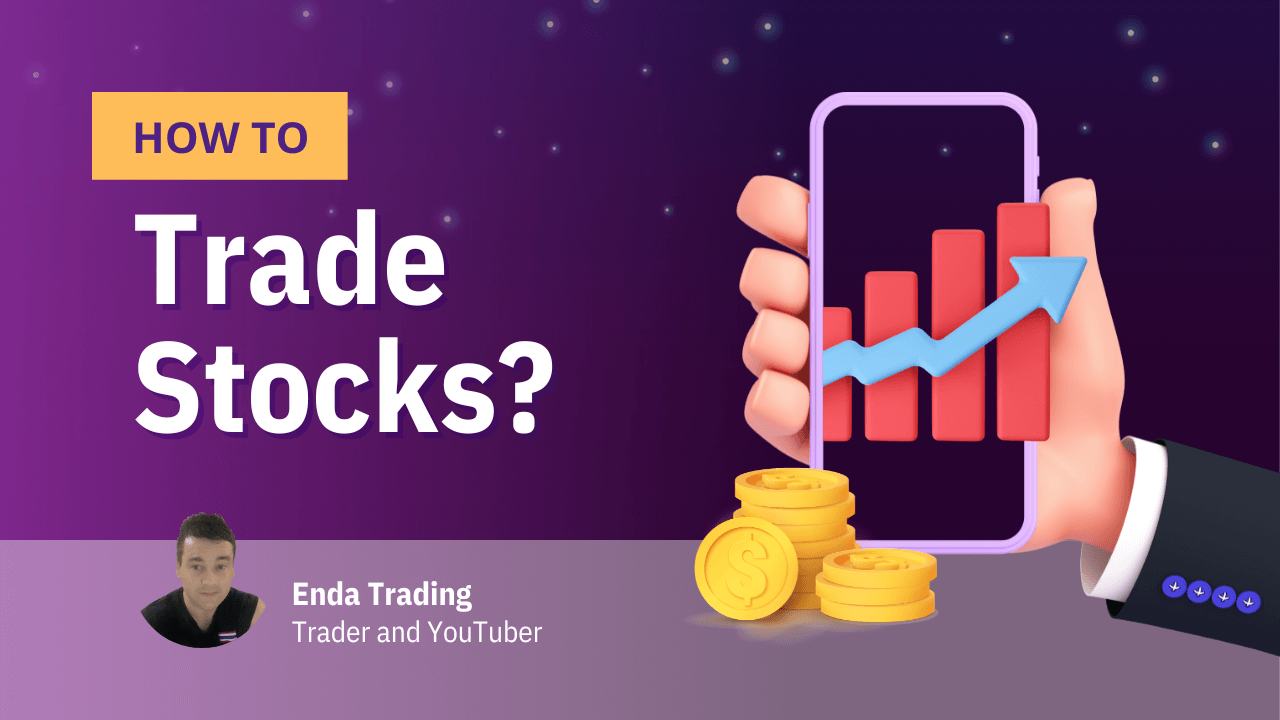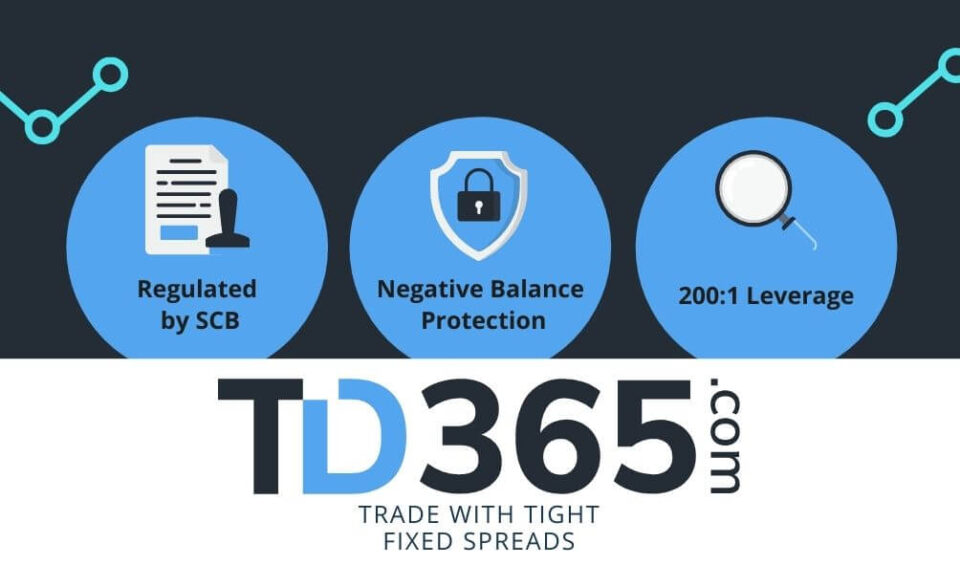
How to Trade Stocks Online for Beginners?
Millions of first-time traders enter the market each year. Most become poorer and smarter but never reach their full potential. Most failures lack the basic skills to improve their chances. You can improve your chances of success if you give yourself enough time to learn them. Speculative capital flocks to the world markets. Most investors don’t know why prices rise and fall. They follow hot tips, make binary bets, and listen to gurus who tell them to buy or sell illogically. Better is to master market trading.
Start by assessing your financial situation. Do you think life is hard and you must work hard to make money? Do you think your personal magnetism will bring you market wealth? Do you lose money in other ways and hope the markets will help? Profits and losses will likely confirm whatever you believe. People who are losers in other areas of their lives are likely to be losers in trading. If so, don’t worry. Try self-help to learn how money affects your self-worth.
Stock Trading Account
You never know! Sorry if this seems obvious. (Remember the person who set up his computer but didn’t plug it in?) Open a stock account with a reputable online broker. Even if you have a personal account, keep a professional account separate. Learn the account interface and use the free trading tools and research. Brokers offer virtual trading. BuyStocks.ai and other sites offer online broker reviews to help you choose.
Stock Market Reading
Financial articles, books, and tutorials much of the available information are cheap or even free. Don’t focus too much on one aspect of trading. Instead, study everything market-wise, even ideas you don’t find relevant. Trading often leads to unexpected destinations, even if you think you know where you’re going, a broad market background will be useful.
Start following the market every day, and read overnight foreign market price action. U.S. traders didn’t have to monitor global markets two decades ago, but that’s changed due to electronic trading and derivative instruments that link equity, forex, and bond markets.
New investors should check out Yahoo Finance, Google Finance, and CBS MoneyWatch. Wall Street Journal and Bloomberg provide sophisticated coverage. If you don’t have much time to spend researching and trading there are many useful AI trading tools to make your trading life so much easier.
Analyze the Markets
Examine thousands of price charts in all time frames to learn technical analysis. The fundamental analysis tracks growth curves and revenue streams, but traders live and die by price action that diverges from fundamentals. Don’t stop reading company spreadsheets; they give you a trading edge. They won’t help you survive your first year of trading.
Your knowledge of charts and technical analysis helps you predict prices. Securities can only go up or down, encouraging long or short trades. Prices can chop sideways for weeks or whipsaw violently in both directions, spooking buyers and sellers.
Here, the time horizon is crucial. Financial markets generate short-, intermediate-, and long-term price movements with fractal trends and trading ranges. A security or index can have a long-term uptrend, intermediate downtrend, and short-term trading range. Most trading opportunities will unfold between these time intervals, not complicate prediction.
Traders jump into a strong uptrend when it sells off in a shorter time period. Looking at 60-minute, daily, and weekly charts are the best way to examine this three-dimensional playing field.
Practice Trading Stocks
It’s time to test the waters without risking your investment. Paper trading, or virtual trading, allows novices to follow real-time market actions and make buying and selling decisions that form a theoretical performance record. It usually involves a stock market simulator that mimics real-world performance. Make many trades with different holding periods and strategies, then look for flaws.
When do you trade for real? Even if your paper results look perfect, simulated trading has a flaw that will show up when you trade for real. Traders must manage greed and fear. Paper trading doesn’t evoke these emotions; real profit and loss do. Psychological factors cause more first-year players to quit than poor decision-making. New traders must recognize this challenge and address money and self-worth issues.
Other Trading Practice Options
As you progress in your trading career, don’t forget about education. Online or in-person classes can be helpful, and you can find them at levels ranging from novice to pro. Specialized seminars—often led by a professional trader—can provide market and investment strategies. Most cover a specific asset, market aspect, or trading technique. Some are academic, while others are like workshops where you take positions, test entry and exit strategies, and do other exercises (often with a simulator).
Research and analysis can be useful and educational. Observing market professionals may be more beneficial for some investors than applying newly learned lessons. There are many paid subscription sites online. Investors.com and Morningstar are well-respected.
Get a mentor to guide, critique, and advise you. Don’t know one? Buy one. As part of their continuing education programs, many online trading schools offer mentoring.
Risk management
Real-money trading requires position and risk management. Each position has a holding period and technical parameters that favor profit and loss targets. The complexity of risk management techniques depends on strategy, but there are some general tips. If you have a good reason to change your entry and exit points, do so. Set take-profit and stop-loss orders. Cut losses early and resist the urge to risk more to break even. Don’t panic!
Diversification can lower long-term buy-and-hold portfolio risk without sacrificing return. As markets change, consider rebalancing your portfolio. If you haven’t already, start a daily journal to record your trades, risks, holding periods, and profit or loss. This diary of events and observations will end your novice status and let you consistently profit from the market.
Trading vs. investing: Differences
Investing time horizon can span years or decades because the goal is long-term wealth accumulation, while trading involves shorter time spans, from less than a day to a few months; (b) the number of trades: because investing generally means to buy and hold, the number of trades is usually much lower than in trading; and (c) type of trades: investing typically involves buy-and-hold trades, while trading involves frequent trades.
Common Trading Strategies.
Following the trend, or buying when the market is rising and short selling when it is falling, contrarian trading, scalping, and trading the news are common trading strategies.
Trading Stocks: Technical or fundamental analysis?
Technical analysis, which looks at the short-term picture, is better for trading than fundamental analysis, which takes a longer-term view.
What Characteristics Make a Good Trader?
Traders need knowledge, experience, discipline, and mental toughness. Without discipline, small trading losses can become large. Mental fortitude is required to bounce back from the inevitable setbacks and bad trading days that will occur in every trader’s career. Trading acumen is another must-have trait, but it can be developed with time and practice.
Conclusion
Start your trading journey by learning the financial markets, then read charts and watch price actions to build strategies. Paper trade, analyzing results, and making adjustments. First, take a financial risk that forces you to consider trade management and market psychology.
Recommended Investing Platform – eToro
Recommended Trading Platform – Visit TD365’s website
